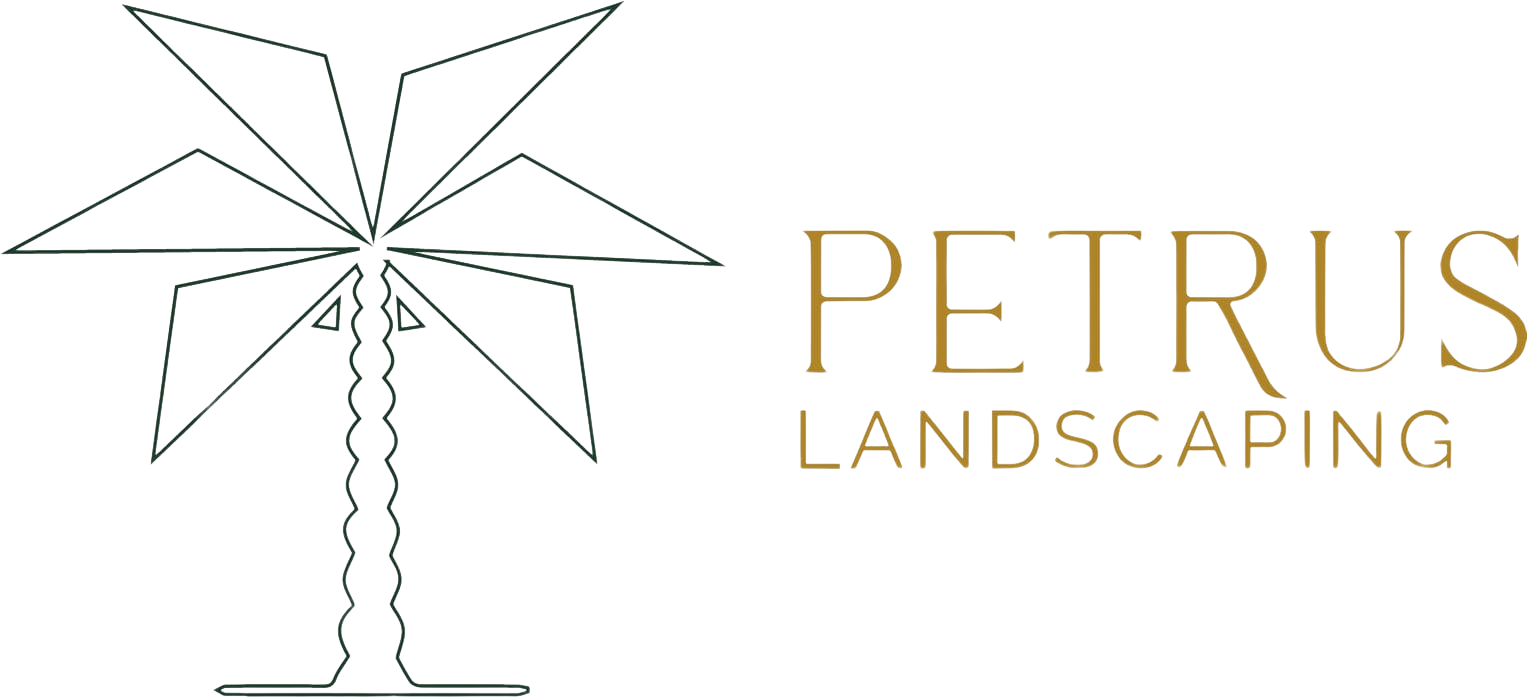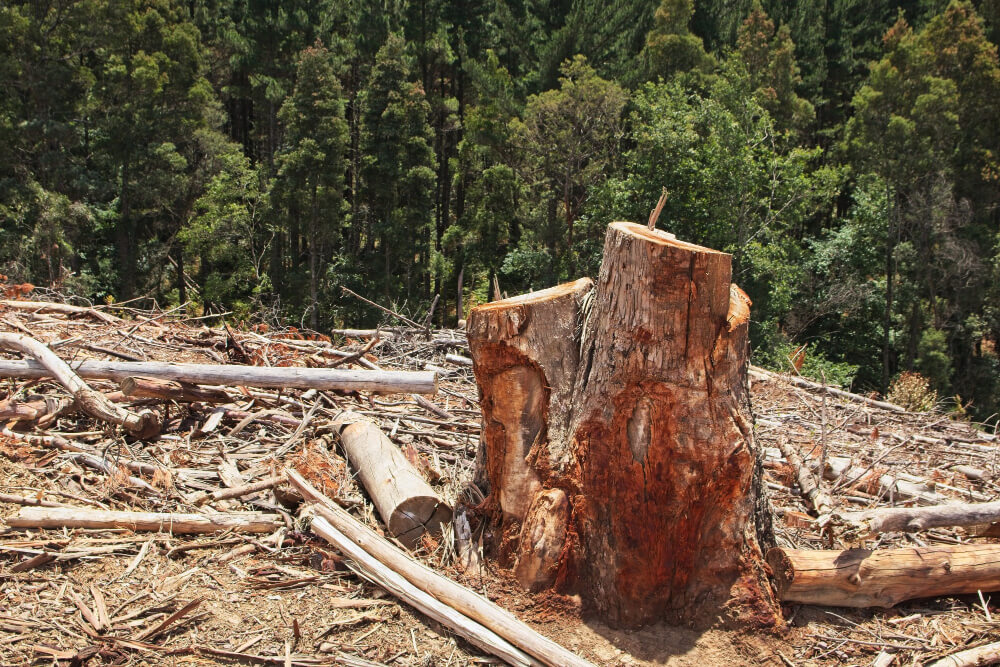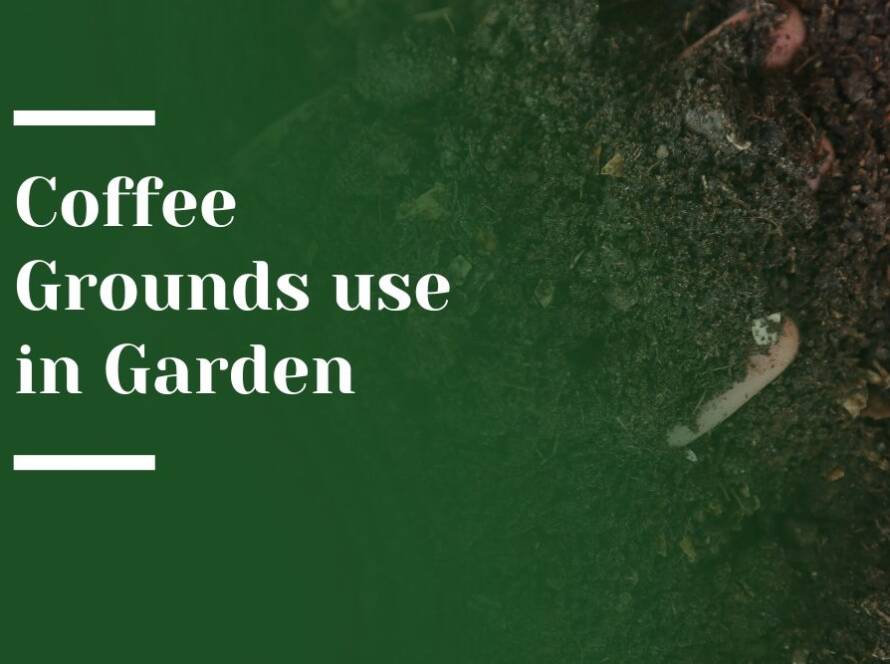The decision to remove a tree is not one to be taken lightly. Estate owners in San Jose often face this dilemma, wondering if it’s the right choice for their property’s landscaping. In this comprehensive guide, we’ll delve into the art of tree removal and discuss various aspects that estate owners should consider. We’ll explore the signs that indicate a tree should be cut down, the cost of tree removal in San Jose, and the best practices to ensure a smooth process.
Understanding the Need for Tree Removal
To evaluate whether a tree should be removed, homeowners need to consider several essential factors. First and foremost, safety is a significant concern. Signs of decay, disease, or structural issues can make the tree unstable and pose a risk to people, structures, or neighboring properties. Safety should always be the top priority when deciding on tree removal.
Additionally, homeowners must assess the tree’s value to their estate’s landscaping. Does the tree provide shade, contribute to the aesthetics of the property, or serve as wildlife habitat? Understanding how essential the tree is to the landscape is crucial when determining whether removing it would significantly affect the estate’s overall beauty and functionality.
Professional Arborist Guidance For Estate Landscaping San Jose
In cases where homeowners are unsure about the tree’s health or the necessity of removal, it’s wise to consult with a certified arborist. San Jose, with its intricate estate landscaping, benefits greatly from the expertise of arborists. These professionals can provide expert opinions on the tree’s health, stability, and potential risks.
It’s essential to gather multiple opinions from different tree professionals to ensure a well-rounded understanding of the tree’s condition. By exploring all available alternatives to removal, homeowners can often find solutions that include treatments or pruning, which may address issues and prolong the tree’s life.
Emotional Attachment
Trees often hold sentimental value for homeowners. Emotional attachment can play a significant role in the decision-making process. If the tree has a special place in your heart and family history, its sentimental value must be weighed carefully when making the final decision.
The Tree Removal Process
For those situations where tree removal is deemed necessary, it’s vital to understand the process. Here’s a breakdown of what estate owners in San Jose can expect:
Initial Consultation: Initial consultations with your local arborists are the first step to assess the tree and provide an estimate for the removal. During this consultation, the arborist will evaluate the tree’s health, size, location, and any potential hazards.
Select a Reputable Company: Choose a reputable and certified tree removal company with the expertise and equipment necessary for safely removing a large tree.
Permits: Check local regulations and obtain any necessary permits for tree removal. Some areas may have specific rules governing the removal of large trees, especially if they are registered with the town as historic.
Expense: Tree removals are expensive! Get cost estimates from multiple tree removal companies and factor in any additional costs for services like stump removal or cleanup.
Safety: Prioritize safety during the removal process. Ensure that the area around the tree is clear of people, pets, and valuable possessions.
Access: Clear a path for the tree removal team to access the tree with their equipment and vehicles. Remove any obstacles in the way.
Protect Surrounding Property: It’s important to first protect your home, landscaping, and any nearby structures before removal begins. The tree removal company should take steps to prevent damage, such as using plywood to protect the lawn from heavy equipment.
The Best Time for Tree Removal of your Luxury Landscape in San Jose
In San Jose, the best times for tree removal are late fall, winter, and early spring when the tree is dormant. There are several advantages to these seasons:
Easier Access: The frozen or snow-covered ground makes it easier to access the tree and work around the removal site.
Reduced Impact on Surroundings: With fewer leaves on the tree, there is less risk of falling debris damaging plants, structures, or utilities. Snow cover can provide a cushion, reducing the impact on the ground during removal.
Improved Visibility: Without leaves, it’s easier to assess the tree’s structure and identify potential hazards. This makes the removal process safer and more efficient.
Monitoring Recovery: If homeowners are concerned about a tree’s health and wish to observe signs of recovery, waiting until early spring is advisable before deciding on removal.
The Cost of Tree Removal in San Jose
The cost of removing a large tree can vary widely based on several factors, including the tree’s size, condition, location, accessibility, local labor and equipment costs, and the inclusion of additional services like stump removal or cleanup.
In the Bay Area, California, where many neighborhoods have densely built estates, tree removal often requires skill and technical expertise. However, some general guidelines can be considered:
Small to Medium Trees (Up to 30 feet in height): Removal costs can range from $150 to $1,500 or more, depending on various factors mentioned above.
Medium to Large Trees (30 to 60 feet in height): Removing trees in this size range may cost between $500 and $2,500 or more.
Very Large Trees (Over 60 feet in height): Removing a very large tree can cost between $3,000 and $8,000 or more, with exceptionally large trees costing significantly more, depending on their branching and location.
For accurate cost estimates, homeowners in San Jose should consult local tree removal companies.
Tree removal is a significant decision for estate owners in San Jose. When faced with this choice, safety considerations, the tree’s value to your landscaping, professional arborist guidance, and emotional attachment all contribute to the final decision.
Once the need for tree removal is confirmed, understanding the process and being well-prepared are crucial for a successful outcome. To preserve the beauty of your estate, it’s essential to make informed decisions and practice responsible tree management. In San Jose’s intricate estate landscaping, these considerations are especially relevant.



